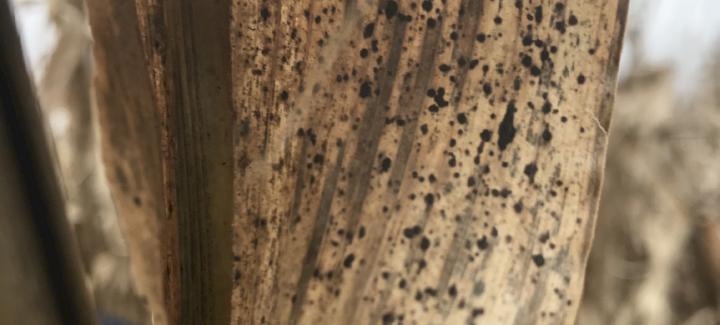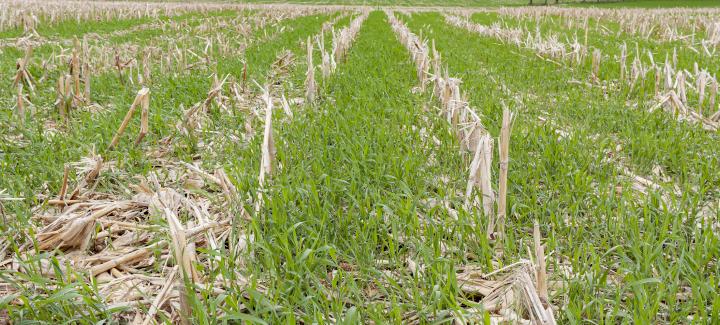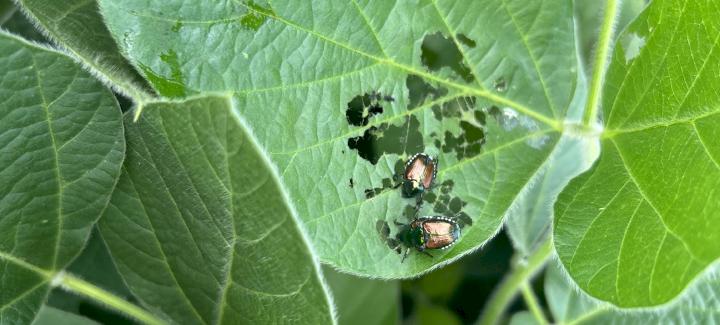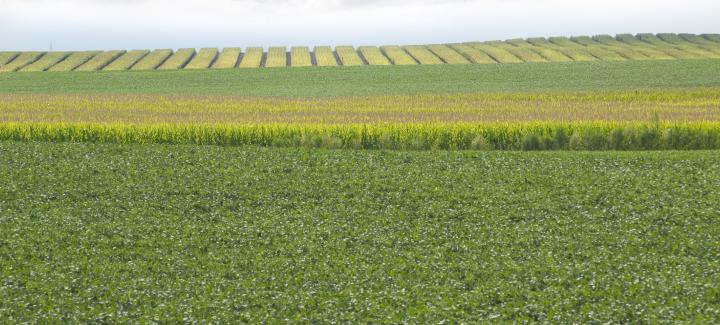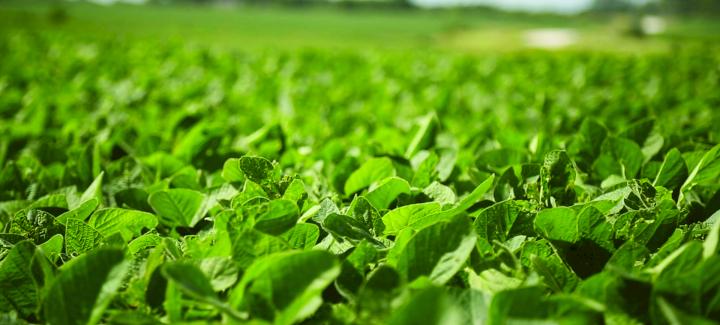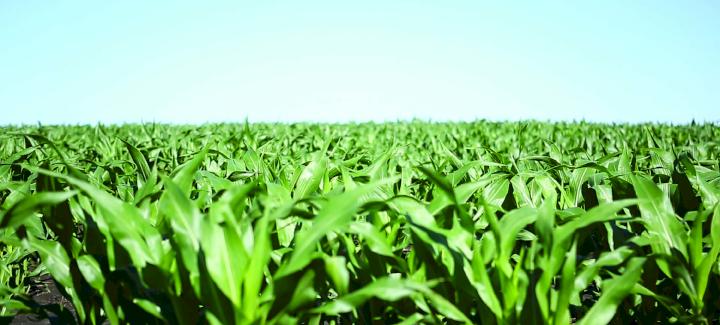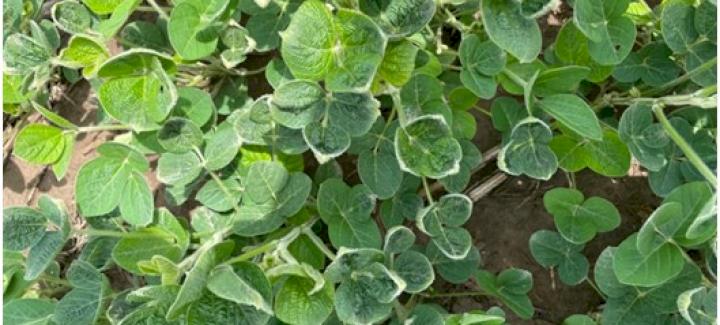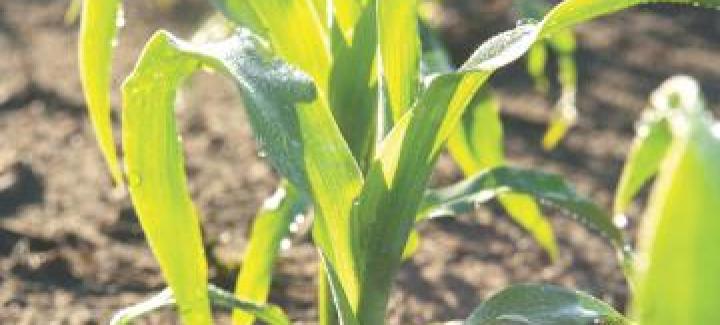Stine Seed Blog
Stine’s Ask the Agronomist blog is your source to the latest information from our expert team, including advice and insight on field practices, product recommendations, planting and harvest updates, new technologies, crop management, innovative research and information about how to keep your farm operation running smoothly year round.
-

Tar Spot Settles in for the Season
August 2022 in Agronomy
-

Introducing the 2023 Stine® Seed Catalog
August 2022 in General
-

Sustainability Cover Crop Initiative Expands to 11 Additional States
August 2022 in Agronomy
-

Visit Stine® at the 2022 Farm Progress Show
August 2022 in General
-

What we know about Japanese beetles
July 2022 in Agronomy
-

Crop Progress Report: Part 2
July 2022 in Agronomy
-

Crop Progress Report: Part 1
July 2022 in Agronomy
-

Yield+ Performance with MX Series Corn by Stine®
July 2022 in Agronomy
-

Suspected dicamba-related injury
July 2022 in Agronomy
-

5 steps to protect your crop after a storm
June 2022 in Agronomy
-

Meet our agronomy team
June 2022 in Agronomy
-

Get to know Stine® 9714 Brand Corn — a leader in the short-stature corn movement
June 2022 in Agronomy

